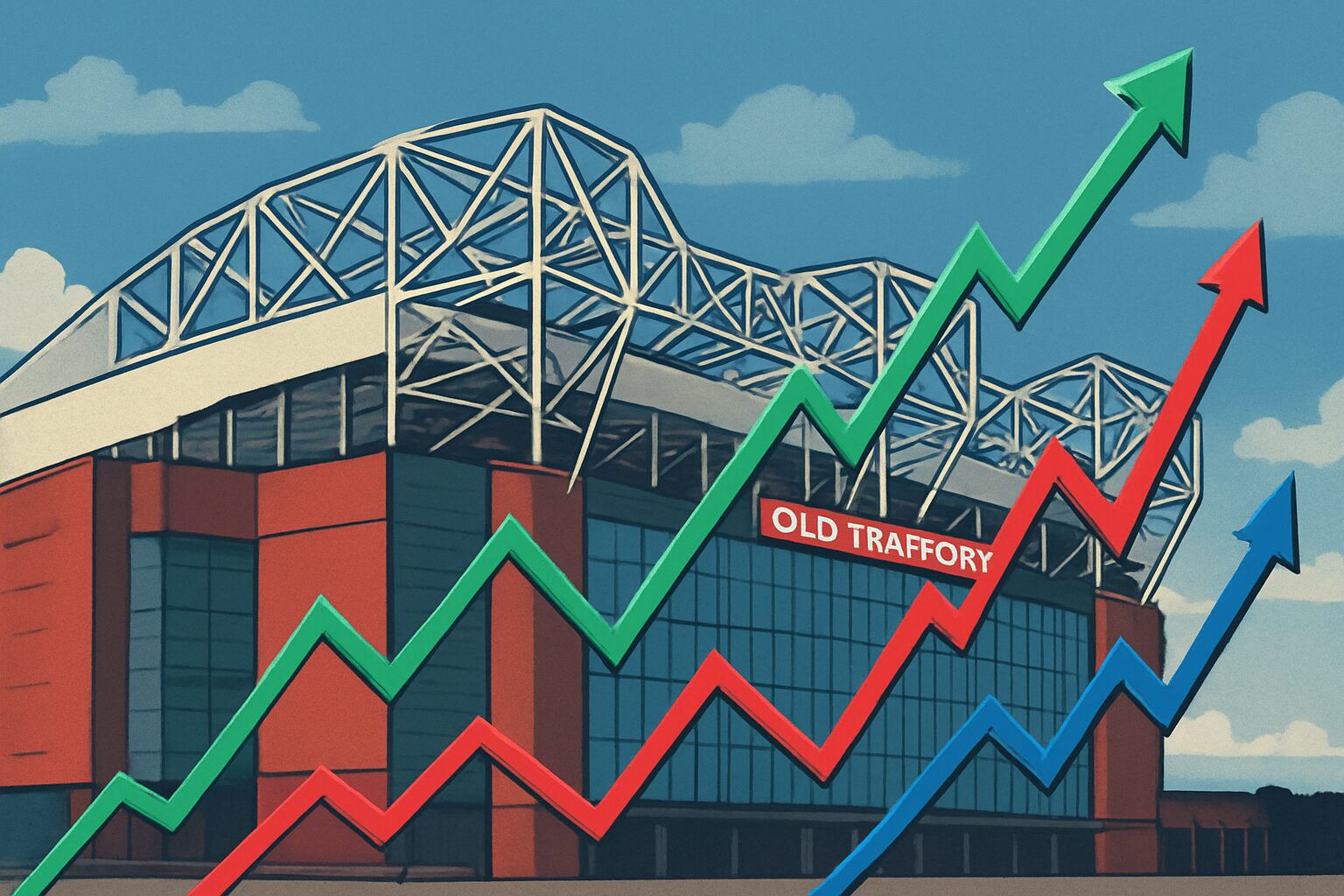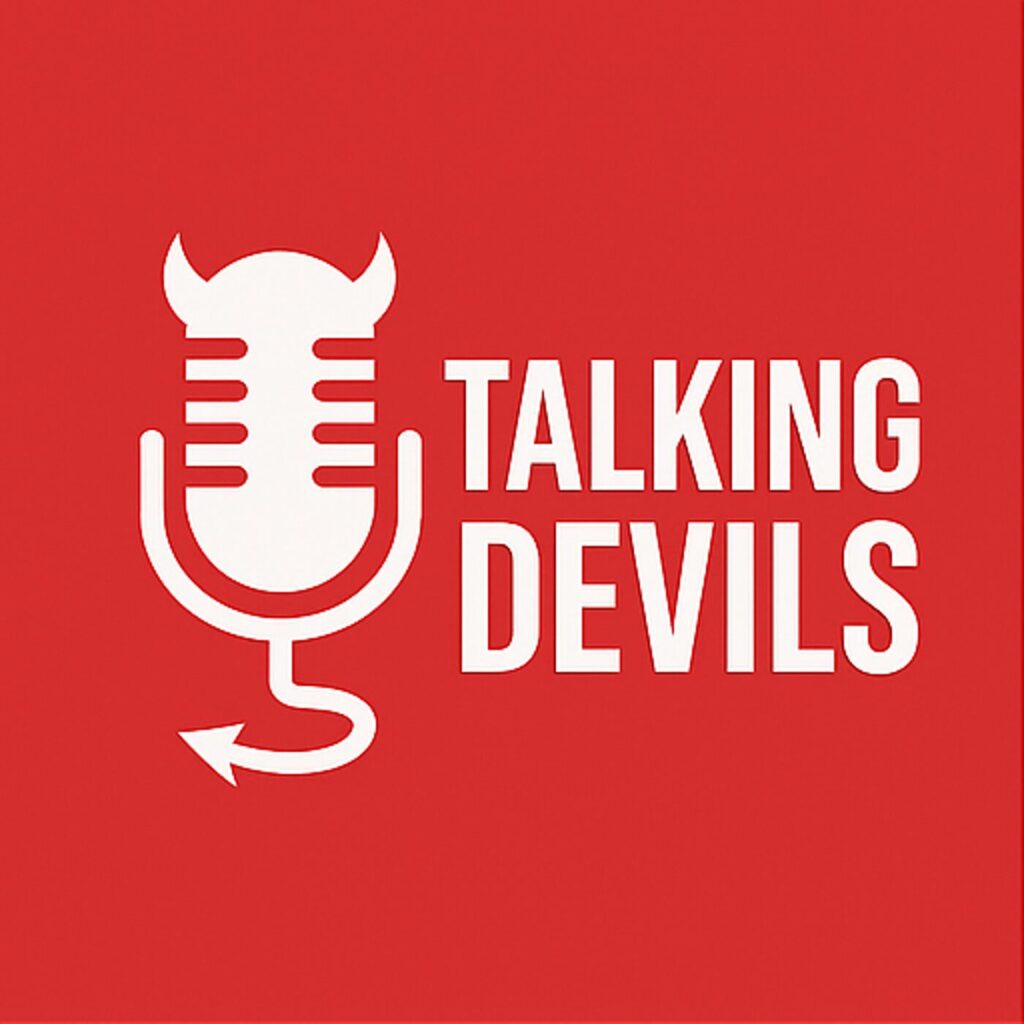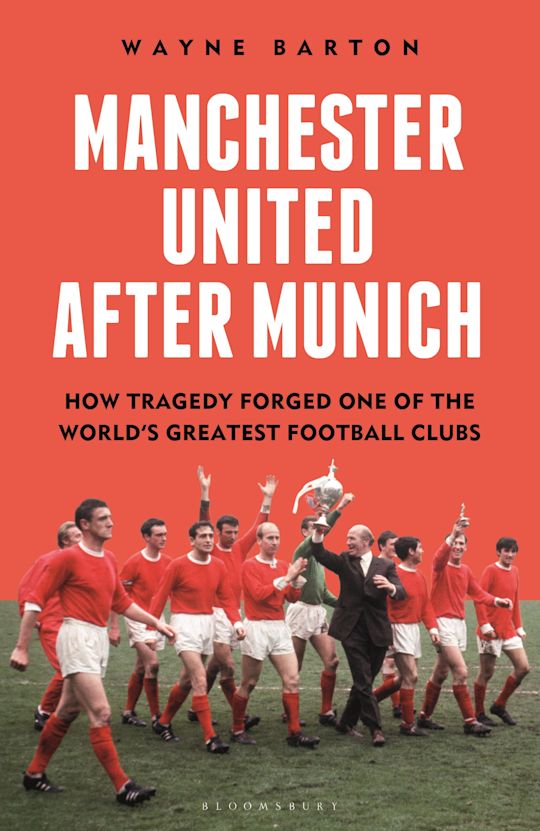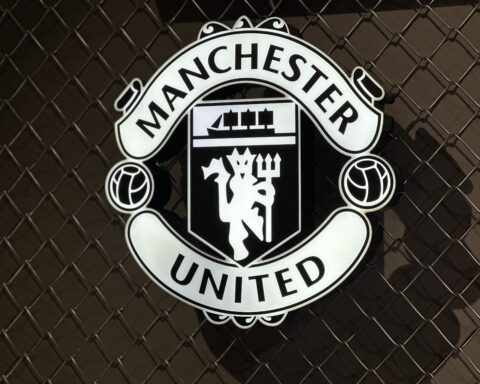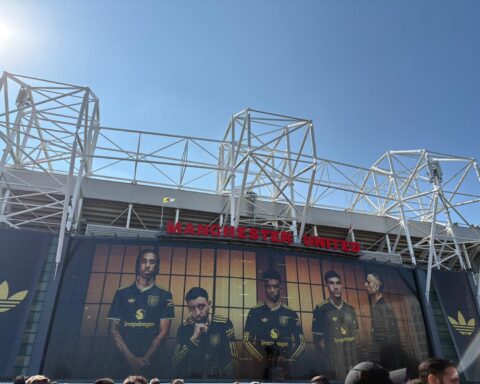Following the conclusion of the previous season, the mood around Old Trafford was extremely low. Much had been pinned on the outcome of the Europa League final. The difference between winning and losing was said to be around £100m in term of available funds for transfer expenditure.
Even after losing, the club were able to invest over £200m in four senior players this summer; and yesterday they revealed robust health with record revenue of £666.5m, despite a net loss of £33m, even though losses themselves were down from the previous year. Broadcasting income dropped sharply, but commercial revenue and matchday revenue were at record highs.
The club revealed that they had £86m in cash moving into the summer window, but as the report didn’t take in the period where the summer transfer window concluded, there was no definitive conclusion over how much of the summer spend was using the cash, planned in instalments or put on the club’s credit facility.
Without any European football at all, and with the club not even due to play any League Cup football now, it is without question that matchday revenue and broadcasting revenue will take a hit this season. The club posted their second highest income figures from transfer activities and that didn’t account for the sale of Alejandro Garnacho and the loan exits of Marcus Rashford, Andre Onana and Rasmus Hojlund.
The long-term financial flexibility of the club continues to be impacted by the debt and the cost of the interest that is leveraged to it and the club. Supporters remain keen to know of Sir Jim Ratcliffe’s long-term plans to acquire more shares in a move towards full ownership.
However, with results on the pitch continuing to fall under the category of underwhelming, fans are keen to know how capable the club are when it comes to their decisions with regards the football team for the remainder of the season. The price of firing Erik Ten Hag and his staff clocked in at over £30m, and if we are to be conservative and say the club laid out half of their available cash for transfers, it leaves them in a similar ballpark if we are to deduce that the price of firing Ruben Amorim would cost a similar figure.
Likewise, if Amorim was to stay and be backed, it is unlikely that there is enough in reserve to make a major splash in January – that is to say it is difficult to envisage a £50m+ spend. These headaches could be somewhat alleviated if a potential Amorim successor was currently out of work or contract; the most obvious name here would be Sir Gareth Southgate, the former England manager, who was speculated to be a successor to Ten Hag back in 2024. Southgate is still out of work, though his major advocate was said to be Dave Brailsford, who no longer plays a part in United’s footballing operations.
So what do the figures tell us? That United have, approximately, the freedom to go down the route of another pre-Christmas dismissal without backing a successor with any significant January funds, and risk provoking the wrath of supporters for doing the same things as Ed Woodward and Richard Arnold; or that Ratcliffe may well choose to back Amorim through January at least, give him more funds to bolster the squad and then wait until failure to qualify for either major European competition is confirmed before making a final decision, depending on clauses in the manager’s contract.
It certainly doesn’t augur well for the strength of Amorim’s position – even if the numbers, whilst conflictingly impressive at first glance, also don’t scream rude health for Manchester United, they at least suggest a rosier future on an EBITDA basis if they start to move in the right direction on the pitch.
